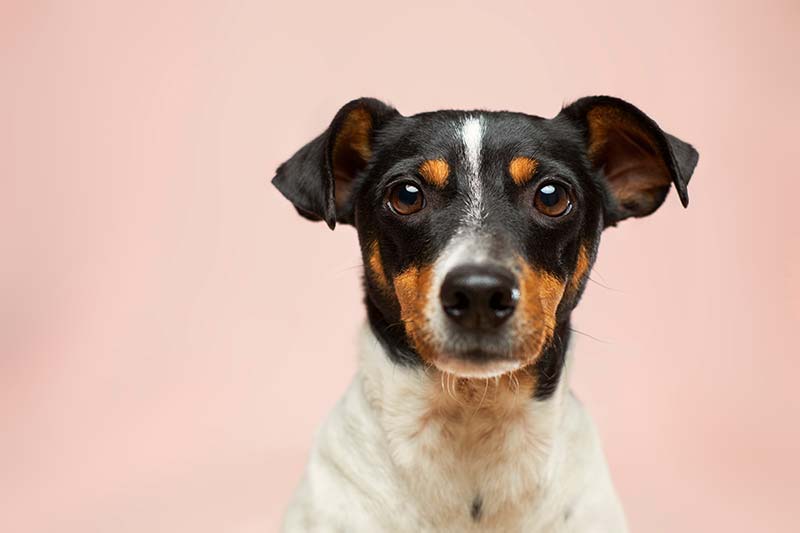
Signs Your Dog May Be Experiencing Anxiety and How to Help
Share
5 Signs Your Dog May Be Experiencing Anxiety and How to Help
Dogs, just like people, can experience anxiety, and it often manifests in subtle ways. Knowing the signs can help you address your pet’s anxiety before it escalates. Here are five common signs of anxiety in dogs and how you can help:
1. Restlessness or Pacing
If your dog is unable to settle down, constantly moving, or pacing back and forth, it could be a sign of anxiety. This behavior often happens when your dog is feeling nervous or unsure of its surroundings, such as during thunderstorms or when visitors arrive.
How to Help: Create a calm, quiet space for your dog to relax. Consider using PawCalm chews, which are formulated with natural ingredients like chamomile to help ease anxiety and promote relaxation.
2. Excessive Barking or Whining
Dogs may bark or whine excessively as a way to express fear or anxiety. This can occur in response to triggers like being left alone, new environments, or loud noises.
How to Help: Providing your dog with a comfort item, such as a favourite toy, can help. Giving PawCalm chews before an anticipated trigger, such as a car ride or fireworks, can also help reduce the intensity of their anxious reactions.
3. Destructive Behavior
Chewing on furniture, digging, or shredding household items can be signs of stress, particularly when these behaviors occur primarily when you’re away. This is a common symptom of separation anxiety.
How to Help: Address boredom by ensuring your dog gets plenty of physical exercise and mental stimulation. PawCalm chews can also help by keeping your dog calm and reducing anxiety when you’re not around.
4. Shaking or Trembling
Trembling can occur when a dog is fearful or anxious, such as during thunderstorms or a visit to the vet. Unlike shivering from the cold, anxiety-induced trembling is linked to emotional discomfort.
How to Help: Gently reassuring your dog can help them feel safer. Consider offering PawCalm chews beforehand to help reduce their anxiety in these types of situations.
5. Changes in Appetite
If your dog suddenly loses interest in food or treats, anxiety might be the cause. Stress can affect appetite, especially if the anxiety is ongoing or linked to a specific event.
How to Help: Establish a consistent feeding routine and create a quiet space for meals. If anxiety is impacting their appetite, PawCalm chews can help soothe their nerves, making mealtime more comfortable.
Why PawCalm Chews Can Help
PawCalm chews are crafted with natural ingredients like valerian root, chamomile, and L-theanine, which help to naturally ease anxiety in dogs without causing drowsiness. They are a simple way to help your pet stay calm during stressful situations like car rides, thunderstorms, or being alone. Remember, a calm dog is a happy dog, and providing the right support can make all the difference in your pet’s quality of life.
If you notice any of these signs in your dog, taking early steps to reduce anxiety can help improve their well-being and overall happiness.
